I must confess the question stirs in me a range of responses. On the positive side of the equation, it is evident that those engaging this debate understand the Salvation Army uniform to be a tool for evangelism. No doubt, there are numerous folks who could give examples of the doors that have opened for ministry because the presence of a Salvationist was visibly identifiable by the chosen choice of wardrobe for the day. I recall one occasion when I arrived at my son's high school in full Salvation Army uniform. We needed to complete his yearly registration. I had debated whether I should go home and change, but the schedule demanded other realities that day. Yet as I lined up with my son, a young student said to me, “Hi there, Major! Which Salvation Army are you with?” When I proceeded to give the details, it turned out this teenage girl had been dedicated in our corps as a small baby, and it was an amazing opportunity to build a relational bridge. Had I not been in uniform, the conversation might have never happened.
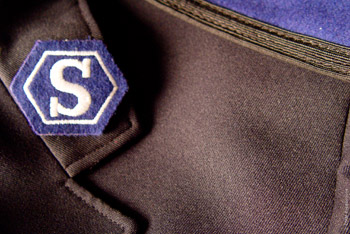
The tension in this discussion is the fact that my conversation partners, for some reason, seem to assume that giving witness to our faith is not part of what is required in Sunday morning worship. Do we assume that everyone who gathers within the walls of our sanctuary have no need of those who will be an edifying and evangelistic presence in their lives? Do we assume worship is only about “what we are to gain” versus “what is representative of the needs of others?” Is our weekly hour of worship only about what we offer to God or are there offerings we also make to each other?
In this debate, I am helped by the insights of Warren Wiersbe who argues that “it is not enough that we are transformed by worship, but that we must also help others to become transformed.” The point is argued based upon guidelines that were given first to the Apostolic Church in Corinth: “What then shall we say? When we come together, everyone has a hymn, or a word of instruction, a revelation, a tongue or an interpretation. Let all be done for the strengthening of the church” (1 Cor 14:26 NIV). The primary point to be understood, from Wiersbe's perspective, is that it was not enough that the worshipper got a blessing; he was supposed to be a blessing to others. All was to be done for the building up and encouragement of others.
In a more contemporary context, Sally Morgenthaler in Worship Evangelism presses the point further. She identifies that when believers and non-believers alike come face-to-face in worship, they are observing each other in a tangible, dynamic, supernatural relationship with God and may find themselves saying, “Wow! Would you look at how this works? How do I actually get some of what these folks have?” Ultimately we ask how do we help seekers in our congregations “meet the Christ in us” and not just the “Christ of our services?” Not all of us will have access to an open mike this coming Sunday and I doubt that that we will all be delivering a personal testimony. Yet one of the tangible ways all Salvationists have to say “this is what's inside of me” is found in the sacrament of uniform wearing—both inside and outside the sanctuary. Let us not be deceived. Seekers are in our midst. They might not be wearing neon signs but people from all stages and experiences of life are coming to investigate the claims of the Gospel and to understand how these impact their lives.
Some may argue a piece of clothing doesn't make that much difference! It's only what's inside the person that matters and there may be truth to this. And so I am careful to thank God for the household of faith that surrounds me every Sunday and the varying ways this is represented. Yet, ironically, it still blesses my heart when I look around our sanctuary and I see those who strangely look a little bit like me. We've all been cut from a similar cloth and claim a common spiritual journey. Together we are saying, this is the road we are traveling. We aren't perfect! We haven't always got everything right but our goal is to live out our Christian convictions as soldiers of The Salvation Army, making the ideals of the Kingdom the focus of our lives. There is commonality in the moment and a powerful corporate testimony.
Just a few weeks ago, we had the privilege of re-instating a young woman who had once been a soldier of our corps. There is no doubt, this woman is a trophy of God's grace and she has an amazing story to tell. In that moment, she chose to renew her covenant with God in full Salvation Army uniform. She did it that way because she wanted to be held accountable for the commitment she was making and she wanted to visibly represent what she was all about. She was a blessing to us all! While we can easily say there are other ways to do this, thank God, somewhere in the early days of our Movement there was a thought about uniting all members of The Salvation Army through the wearing of a common uniform. Although our uniforms may take on varying expressions throughout The Salvation Army world, the privilege is still ours today to be a uniformed Movement. And even “without words,” you and I can be a reminder of the presence of Christ and his saving grace by the wearing of our common wardrobe. Let us not limit when and where this sacramental expression can make a difference!
 Major Julie Slous is corps officer at Winnipeg's Heritage Park Temple. She also serves as adjunct faculty at the College for Officer Training. In May 2009, Julie completed her doctoral studies in biblical preaching. Her thesis work centred on “Preaching a Disturbing Gospel─The Homiletic of The Salvation Army for Postmodern Times.” When not studying and writing, personal hobbies include reading, cooking, musical composition and, of course, listening to sermons! Married to Brian, she has three children.
Major Julie Slous is corps officer at Winnipeg's Heritage Park Temple. She also serves as adjunct faculty at the College for Officer Training. In May 2009, Julie completed her doctoral studies in biblical preaching. Her thesis work centred on “Preaching a Disturbing Gospel─The Homiletic of The Salvation Army for Postmodern Times.” When not studying and writing, personal hobbies include reading, cooking, musical composition and, of course, listening to sermons! Married to Brian, she has three children.

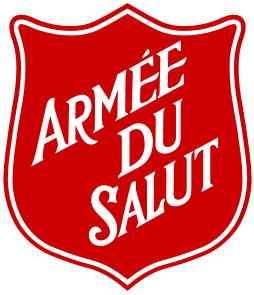


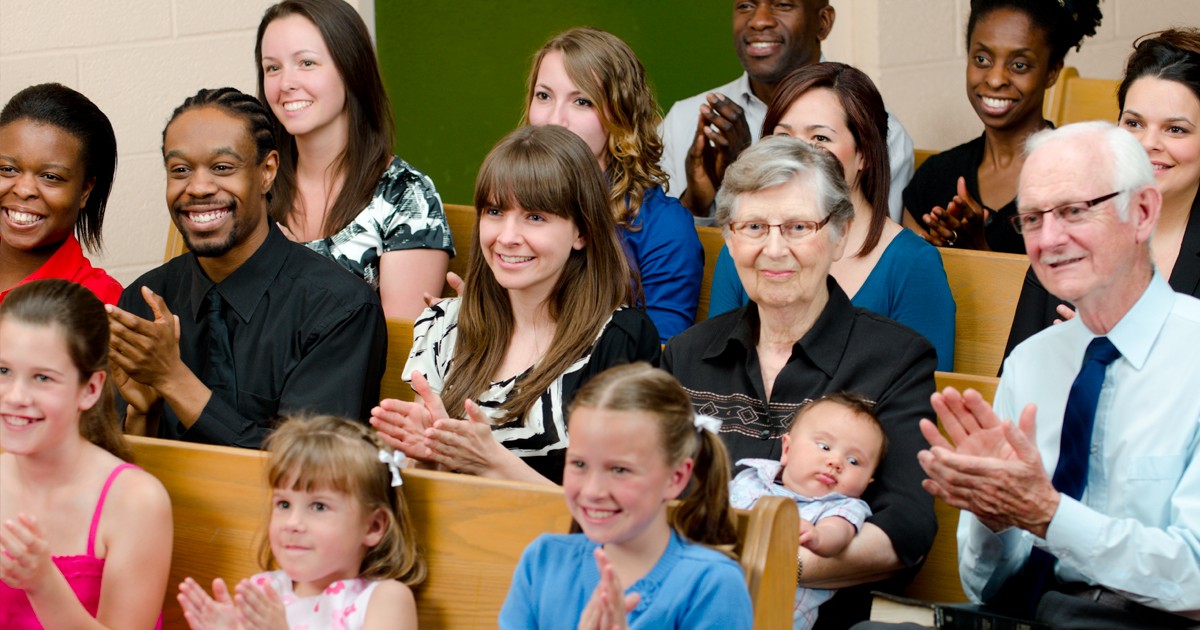
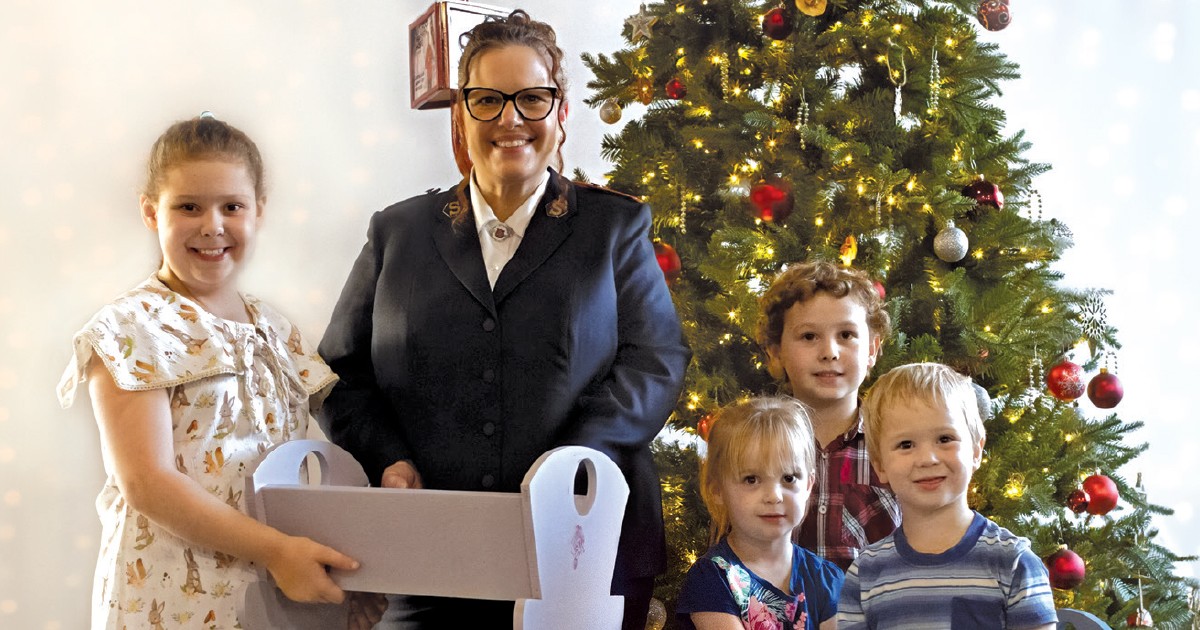
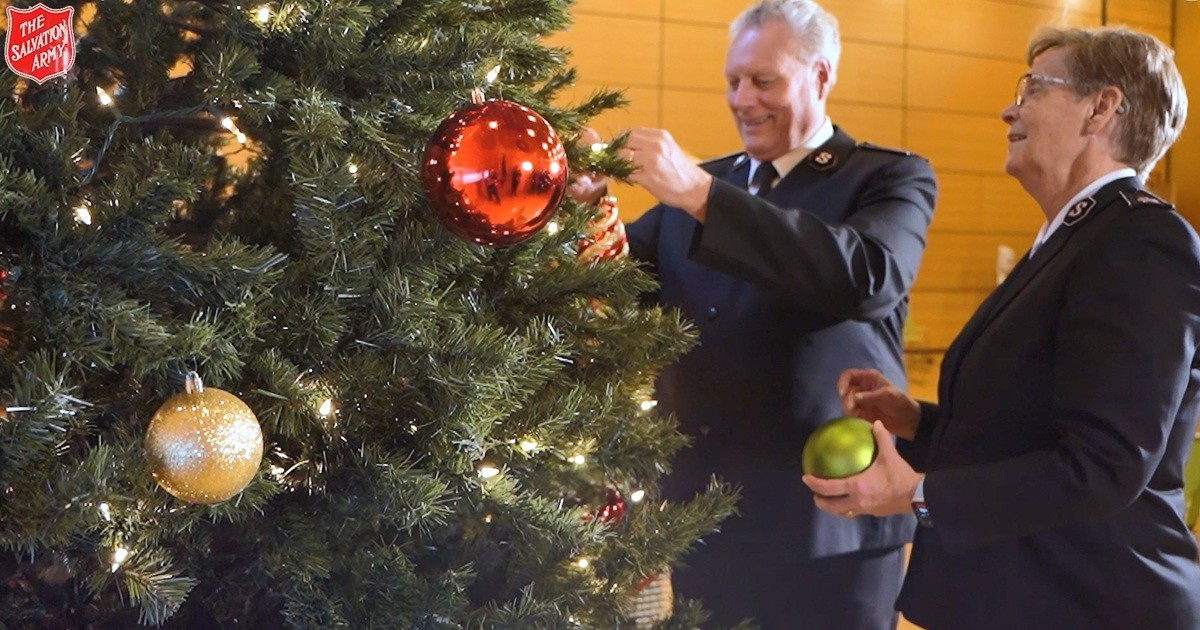


As an employee of The Salvation Army and a Salvationist. I wear my uniform more then just on Sunday. In fact I am always kidded on why I don’t get epaulets tattoo on my shoulders. I have had many conversations about the uniform with many Salvationist and non-Salvationist. You are right the uniform opens many doors. I have used many times the example of walking through the mall in my uniform. People very rarely do not stop and say hello or acknowledge me when I am in uniform. When I walk through the mall out of uniform you get banged into and no one seems to care. The uniform opens doors and conversations.
As stated in Orders and regulations:
The Salvation Army uniform not only identifies the wearer as a member of a worldwide evangelical church, but it is also a witness to the fact that the wearer is a Christian who is ready to render service. The uniform is a powerful witness in our spiritual warfare.
Then why are people so reluctant to wear it? Why do people feel that strangers would feel uncomfortable if they walk into their Corps and everyone is in uniform?
As you have stated the uniform is an effective tool for evangelism and it gives us a tangible way “without words” to outwardly demonstrate God’s grace in our lives.
Salvationist say the uniform is too expensive, that might be true. But I think that is just an excuse. If you by a suite for a wedding will you wear it everyday? If your child plays on a traveling hockey team do they not have a dress code? If your work puts you in a uniform (police officer, fire fighter) or even a general labour can have uniform that must be worn when at work.
Why can’t The Salvation Army have a uniform to identify the wearer as you put it a visible reminder that “Jesus Christ is the hope of the world”
Yes the uniform is highly respected and if the wearer (and I hope all are) wearing it for the right reason and that is to show that they are saved by God to serve man in their time of need. That would be great.
If every Salvation Army Solider worn his or her uniform to the restaurant on a Sunday when they go for lunch. What a statement that would be. Let’s be true to our identity and continue to wear the uniform.